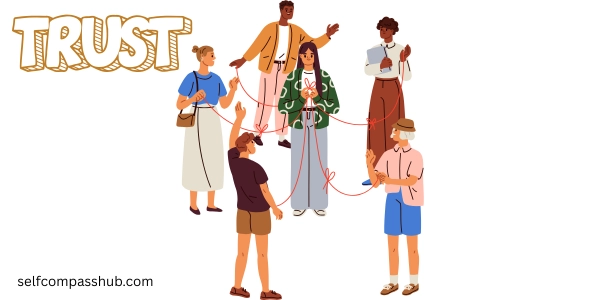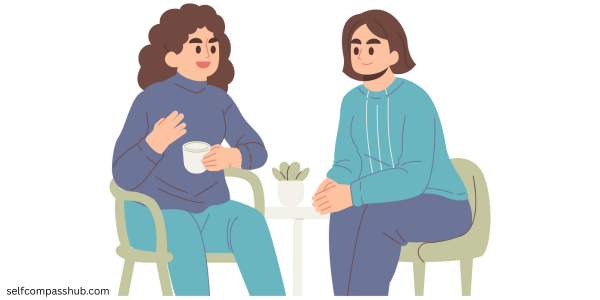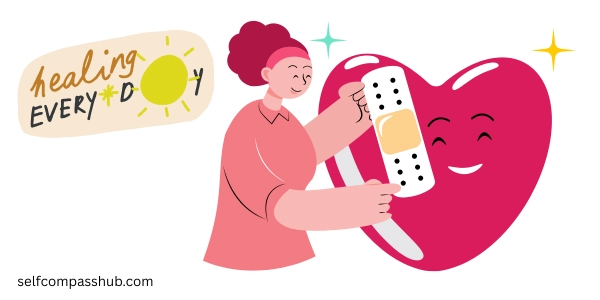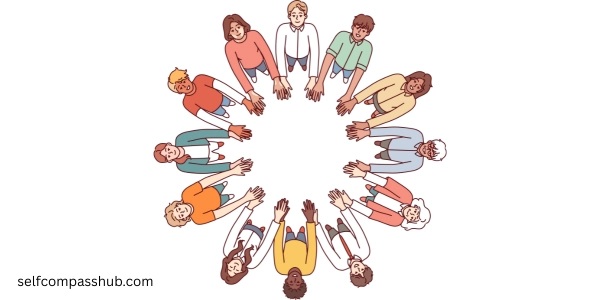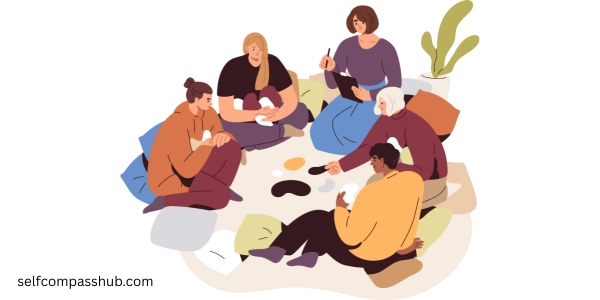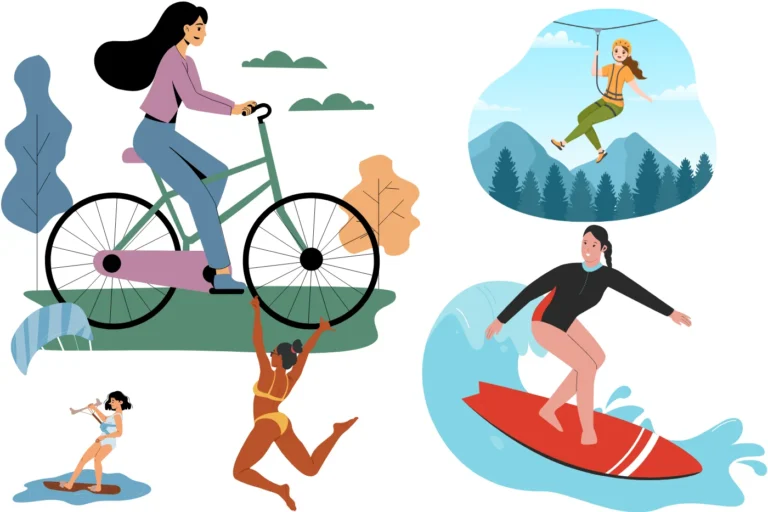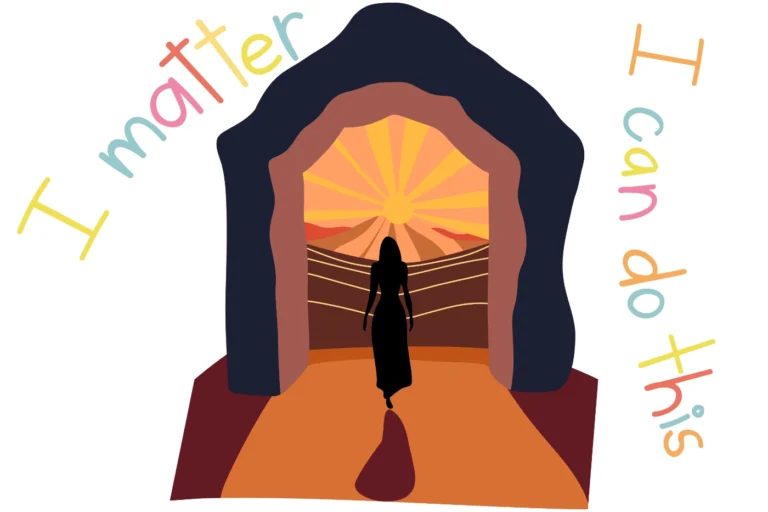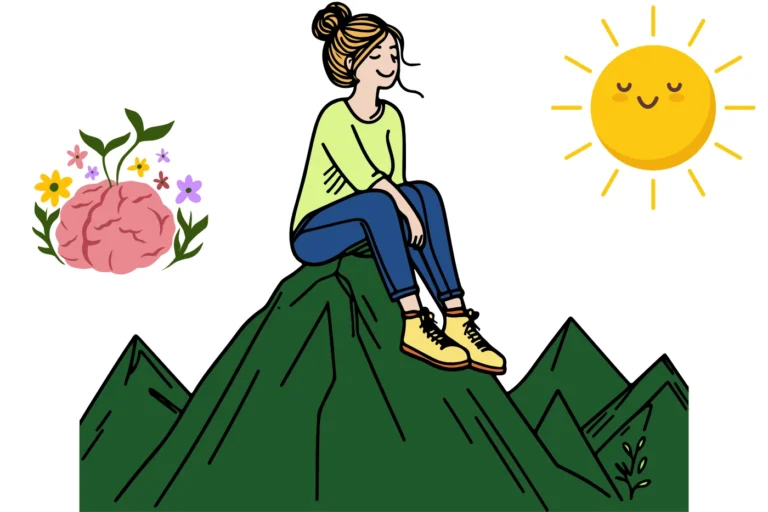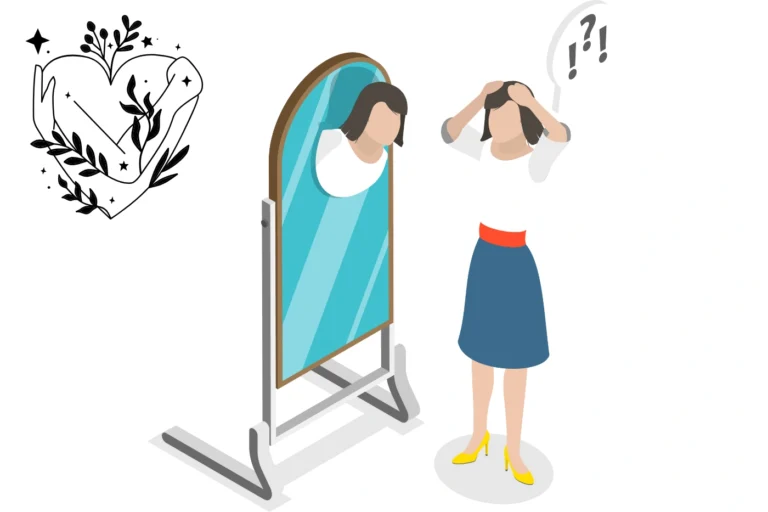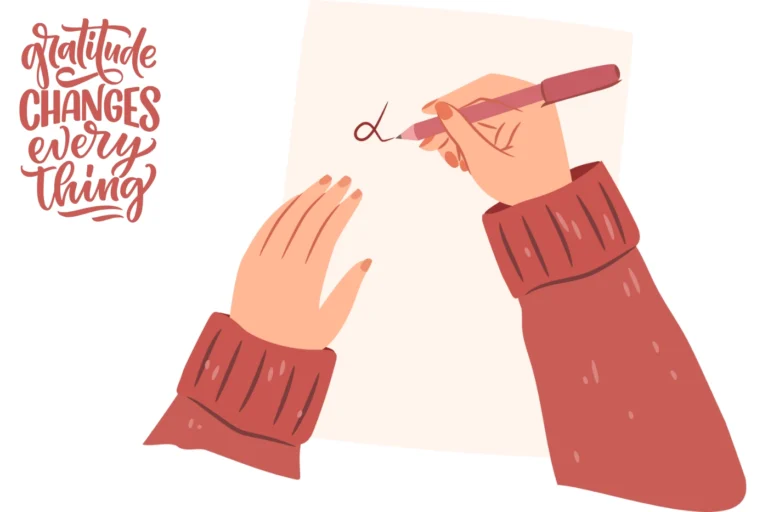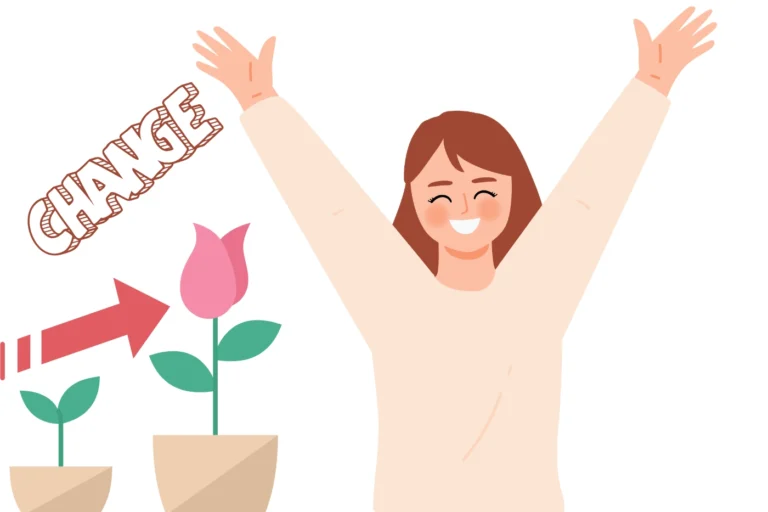There’s something profoundly healing about sitting in a circle with others who understand your journey. I still remember my first experience facilitating a group therapy session – watching guarded expressions slowly transform into tentative smiles as trust built within the room. The collective wisdom and support that emerges when people feel truly seen is nothing short of magical.
Group therapy provides a unique space where individuals can discover they’re not alone in their struggles. Through shared experiences and guided activities, participants often find insights and healing that might remain elusive in individual therapy settings.
“Alone we can do so little; together we can do so much.” – Helen Keller
This collection of activities has been gathered and refined through years of group facilitation. Each one has been selected not just for its therapeutic value, but for its ability to foster genuine human connection.
Warm-Up Activities: Creating Safety & Trust
Before diving into deeper emotional work, establishing a foundation of trust is essential. These introductory activities help group members ease into the space and begin to feel comfortable with one another.
1. Emotion Weather Report
Purpose: Opens communication channels while respecting personal boundaries
Instructions:
- Ask participants to describe their current emotional state as a weather condition
- Examples: “I’m feeling partly cloudy with a chance of sunshine later” or “There’s a storm brewing inside me today”
- Allow each person to share briefly without interruption
- No need to explain their weather – just naming it is enough
Facilitator Tip: Demonstrate first with your own authentic “weather” to set the tone. Remind the group there’s no “good” or “bad” weather – all emotional states are welcome.
2. Three Objects Story
Purpose: Builds personal narrative sharing in a controlled, accessible way
Supplies Needed:
- Small table at center of group
- Optional: basket of random objects for those who didn’t bring items
Instructions:
- Prior to session, ask members to bring three small objects that represent different aspects of themselves
- During the session, each person places their objects on the central table and shares the significance behind each item
- Group members may ask thoughtful questions after each sharing
Facilitator Tip: I’ve found that physical objects provide a wonderful focus point for those who feel anxious about speaking. The items become a bridge for telling personal stories.
3. Mirroring Minutes
Purpose: Develops empathetic presence and active listening skills
Instructions:
- Divide into pairs facing each other
- Person A speaks for 2 minutes on a provided prompt (e.g., “Something I’m working to accept about myself…”)
- Person B listens without interrupting
- Person B then reflects back, starting with “What I heard you say was…”
- Switch roles and repeat
Prompts to Consider:
- A challenge I’m currently facing is…
- Something most people don’t know about me is…
- I feel most connected to others when…
Deep Connection Activities: Building Meaningful Bonds
Once a foundation of trust has been established, these activities help group members connect on deeper levels, exploring vulnerabilities and strengths together.
1. Strength Spotting Circle
Purpose: Cultivates positive regard and helps members see themselves through others’ eyes
Supplies:
- Index cards
- Pens or markers
Instructions:
- Each person writes their name on an index card
- Cards are passed to the right
- Each recipient writes one strength they’ve observed in that person
- Continue passing until cards return to original owners
- Allow quiet time to read cards, then open for voluntary sharing of reactions
Facilitator Note: This activity often brings tears – keep tissues handy! I’ve seen how transformative it can be for someone to discover how others perceive their strengths, especially when they’ve been focused only on their struggles.
2. Empty Chair Dialogue
Purpose: Allows expression of unspoken thoughts in a supported environment
Setup:
- Place an empty chair in the center of the circle
- Create clear boundaries for emotional safety
Instructions:
- Introduce the empty chair as representing someone or something the participant needs to address
- Volunteer sits facing the empty chair and speaks directly to their imagined recipient
- Group witnesses without comment
- After the dialogue, the group offers support and reflection
- No pressure for everyone to participate – watching can be equally powerful
Variations:
|
Chair Represents |
Dialogue Focus |
|---|---|
|
Future self |
Seeking guidance |
|
Past self |
Offering compassion |
|
Difficult emotion |
Understanding its message |
|
Someone significant |
Expressing unspoken feelings |
3. Values Constellation
Purpose: Helps clarify personal values and find connections with others who share similar priorities
Supplies:
- Large open space
- List of values (freedom, family, creativity, knowledge, etc.)
Instructions:
- Facilitator calls out one value at a time
- Participants move to different areas of the room based on how important that value is to them (very important, somewhat important, less important)
- In these spontaneous groupings, members briefly discuss why they positioned themselves where they did
- Continue with 5-7 different values
Facilitator Tip: The movement element makes this activity energizing while still encouraging reflection. The physical positioning often reveals surprising connections between group members who might otherwise not interact.
Healing Activities: Processing Emotions & Experiences
These activities provide structured ways to address difficult emotions, process experiences, and begin healing journeys together.
1. Healing Hands Art Project
Purpose: Externalizes internal healing processes through creative expression
Supplies:
- Paper large enough to trace hands
- Various art supplies (markers, colored pencils, watercolors)
- Optional: collage materials, scissors, glue
Instructions:
- Each person traces both hands on their paper
- On the left hand, they illustrate or write about wounds they carry (emotional, physical, relational)
- On the right hand, they depict sources of healing, hope and strength
- Small groups share their creations with willing participants
- Discuss the balance between wounds and healing in their current life
Facilitator Note: Remind everyone that artistic skill isn’t important – the process and meaning are what matter. Some people may need permission to create “messy” or imperfect art.
2. Letting Go Ceremony
Purpose: Creates symbolic release of burdens through shared ritual
Supplies:
- Small pieces of dissolving paper or regular paper
- Pens
- Large bowl of water OR a safe container for burning paper (check facility regulations)
Instructions:
- Each person writes something they wish to release on the paper
- Form a circle around the bowl or burning container
- One by one, members place their paper in the water to dissolve or safely burn it
- Person releasing may share what they’re letting go of, or keep it private
- Group witnesses in supportive silence
- Close with a collective deep breath
Facilitator Tip: The tangible symbolism of this activity can be profoundly moving. I once led this with survivors of domestic violence, and several mentioned it was their first experience of intentionally letting go.
3. Compassionate Witness Practice
Purpose: Develops self-compassion through guided group support
Instructions:
- Volunteer shares a personal struggle they’re facing
- Group listens without trying to fix or advise
- After sharing, group members offer statements beginning with:
- “If I were in your shoes, I might feel…”
- “I’m struck by your strength when…”
- “I’m holding space for your feelings of…”
- Original sharer reflects on what it was like to be witnessed compassionately
Facilitator Note: This practice helps counter shame and isolation. Train the group beforehand to avoid advice-giving or statements like “at least…” which can invalidate emotions. Demonstrate responses that offer presence rather than solutions.
Closing Activities: Integration & Continuity
Ending sessions thoughtfully helps integrate insights and create a sense of continuity between meetings.
1. Three Words Check-Out
Purpose: Provides concise reflection while honoring time boundaries
Instructions:
- Each person shares exactly three words that capture their experience in the session
- No explanation needed – just the three words
- Facilitator acknowledges each contribution with a nod or “thank you”
Examples from Past Groups:
- “Lighter than before”
- “Not alone anymore”
- “Difficult but worthwhile”
- “Beginning to understand”
2. Stone of Intention
Supplies:
- Small, smooth stones (one per participant)
- Fabric bag or basket
Instructions:
- Pass around a collection of stones
- Each person selects one that speaks to them
- Members share one intention they’re setting based on today’s session
- They keep the stone as a physical reminder of their intention
- At the next session, briefly check in about these intentions
Facilitator Tip: The tangible object creates a bridge between sessions and serves as a gentle accountability tool. I’ve had participants tell me they carried their stone in their pocket for weeks, touching it when they needed to remember their commitment to themselves.
3. Gratitude Ripple
Purpose: Ends on a positive note while acknowledging the group’s collective impact
Instructions:
- Begin by modeling: “Something I’m grateful for from our time together is…”
- Person to your left continues, building on the previous statement: “Building on that, I’m grateful for…”
- Continue around the circle until everyone has spoken
- Close with acknowledgment of the group’s journey together
Creating a Safe Container: Guidelines for Facilitators
The success of these activities depends greatly on the container you create. Here are essential elements to consider:
- Clear agreements: Establish confidentiality, participation choice, and communication norms at the start
- Emotional safety: Normalize all feelings and provide grounding techniques for overwhelming moments
- Inclusive practices: Consider accessibility needs and cultural contexts when selecting activities
- Proper pacing: Balance emotional depth with lighter moments—not every activity needs to be intense
- Closing the loop: Never end a session with raw, unprocessed emotion; ensure adequate time for integration
“The role of a facilitator is not to have all the answers, but to hold space for the wisdom in the room to emerge.”
Remember that group dynamics are unpredictable. Be prepared to adapt activities based on the energy and needs you observe. Some of the most powerful moments happen when you’re willing to set aside your plan and follow what’s emerging organically.
Benefits of Group Therapy Activities
Group therapy activities offer numerous benefits that extend beyond individual counseling:
- Reduced isolation: Discovering others with similar experiences
- Multiple perspectives: Learning from diverse viewpoints
- Real-world laboratory: Practicing new behaviors in a safe environment
- Mutual support: Both giving and receiving care
- Cost-effective treatment: Accessing help at lower individual cost
- Accountability: Group commitment enhances personal motivation
- Collective wisdom: Benefiting from the insights of many, not just a therapist
The activities in this collection are designed to maximize these benefits while creating meaningful human connections that continue to nurture healing long after the group ends.
Remember: The most powerful tool in any group is authentic presence. These activities provide structure, but the real magic happens in the space between the instructions – in the moments of genuine human connection.

